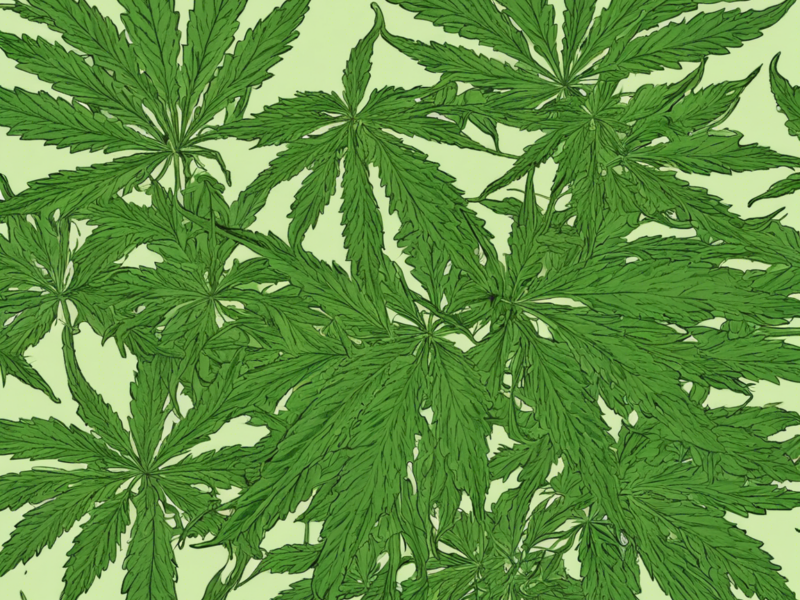With the legalization of cannabis for both medical and recreational use becoming a reality in many parts of the world, it is essential to understand the impact of cannabis legalization at 21. This shift in drug policy has sparked debates regarding its potential benefits and drawbacks on individuals and society as a whole. In this post, we will delve into the various aspects of cannabis legalization at the age of 21, including its effects on public health, economy, criminal justice system, and youth usage.
Public Health Implications
The legalization of cannabis at 21 has significant implications for public health. Proponents argue that regulation and control of the substance can lead to safer consumption practices and better harm reduction strategies. By setting the legal age at 21, policymakers aim to restrict access to cannabis for younger individuals who may be more susceptible to its adverse effects on brain development.
Impact on Mental Health
One of the primary concerns regarding cannabis use is its impact on mental health. Research suggests that heavy cannabis use in adolescence is linked to an increased risk of psychiatric disorders such as schizophrenia and depression. By legalizing cannabis at 21, policymakers aim to mitigate these risks and protect young individuals from potential mental health consequences.
Addiction and Dependency
Another crucial aspect of cannabis legalization is its potential to contribute to addiction and dependency. Setting the legal age at 21 allows for more mature decision-making processes when it comes to cannabis use. Additionally, regulations can help monitor and address issues of addiction through intervention programs and treatment options for those in need.
Economic Benefits
The legalization of cannabis at 21 also presents various economic opportunities for communities and governments. The cannabis industry has the potential to generate significant revenue through taxes, licensing fees, and job creation. By regulating the market, policymakers can ensure that cannabis-related businesses operate ethically and contribute to the overall economic growth.
Job Creation
Legalization at 21 can lead to the creation of new jobs in the cannabis industry, including roles in cultivation, processing, distribution, and retail. These employment opportunities can help stimulate the economy and reduce unemployment rates in regions where cannabis is legalized.
Tax Revenue
One of the most significant economic benefits of cannabis legalization is the potential for tax revenue generation. By imposing taxes on cannabis products, governments can fund various public programs and initiatives, including education, healthcare, and infrastructure development. This revenue stream can alleviate financial burdens on taxpayers and enhance overall economic stability.
Criminal Justice Reform
The criminal justice system is another area greatly impacted by cannabis legalization at 21. By decriminalizing cannabis, policymakers aim to reduce the burden on law enforcement resources, address racial disparities in drug enforcement, and implement fairer sentencing practices for cannabis-related offenses.
Reducing Arrest Rates
Legalizing cannabis at 21 can lead to a significant reduction in cannabis-related arrests and convictions. This shift allows law enforcement to focus on more serious crimes and allocate resources more efficiently. Furthermore, it helps individuals with prior cannabis convictions to reintegrate into society without facing ongoing legal consequences.
Racial Equity
Cannabis prohibition has disproportionately affected communities of color, leading to higher arrest and incarceration rates among minority populations. By legalizing cannabis and implementing policies that promote racial equity, policymakers can address these disparities and work towards a more just and inclusive society.
Youth Usage and Regulation
One of the primary concerns surrounding cannabis legalization at 21 is its potential impact on youth usage and access. By implementing strict regulatory frameworks, policymakers aim to prevent underage consumption, promote public safety, and educate young individuals about the risks associated with cannabis use.
Age Restriction
Setting the legal age for cannabis consumption at 21 helps prevent adolescents and young adults from accessing the substance before their brains are fully developed. This age restriction aims to protect the cognitive functions and mental health of individuals during crucial developmental stages.
Education and Prevention
In addition to age restrictions, policymakers prioritize education and prevention strategies to deter youth cannabis use. Public awareness campaigns, school programs, and community initiatives play a vital role in informing young individuals about the potential risks of cannabis and promoting healthy lifestyle choices.
Conclusion
The impact of cannabis legalization at 21 spans various sectors, including public health, economy, criminal justice, and youth regulation. By carefully examining the effects of cannabis policy changes, policymakers can make informed decisions that balance individual freedoms with societal well-being. As cannabis continues to be legalized in more jurisdictions worldwide, it is crucial to evaluate and understand the consequences of these legislative shifts on communities and populations.
Frequently Asked Questions (FAQs)
1. What are the potential health risks of cannabis use for individuals under 21?
Answer: Cannabis use at a young age can pose risks to brain development, mental health, and overall well-being. It may lead to issues such as addiction, cognitive impairment, and psychiatric disorders.
2. How does cannabis legalization at 21 impact criminal justice reform?
Answer: By decriminalizing cannabis and shifting towards regulation, policymakers aim to reduce arrests, address racial disparities, and implement fairer sentencing practices in the criminal justice system.
3. What economic benefits are associated with cannabis legalization at 21?
Answer: Legalization at 21 can lead to job creation, tax revenue generation, and economic growth through the development of a regulated cannabis market.
4. How can policymakers prevent youth access to cannabis in a legalized market?
Answer: Age restrictions, education programs, and prevention strategies are essential tools for preventing underage cannabis use and promoting public health and safety.
5. What role does regulation play in mitigating the risks of cannabis legalization at 21?
Answer: Regulation ensures product safety, quality control, and responsible consumption practices, thereby minimizing potential harms associated with cannabis use in legalized markets.




